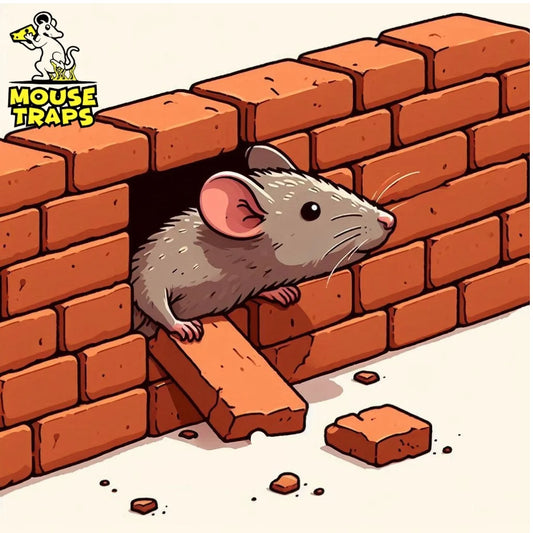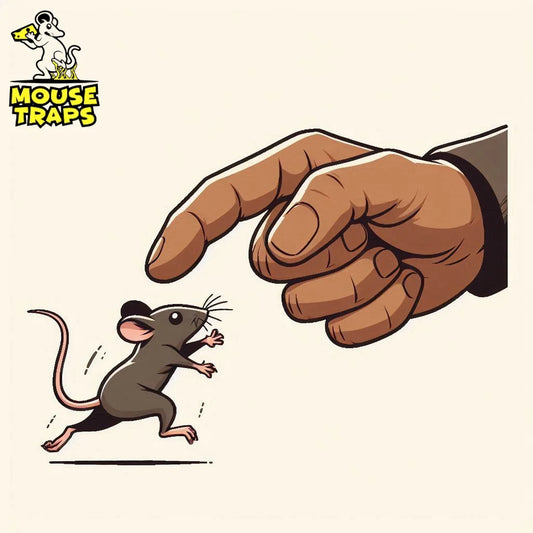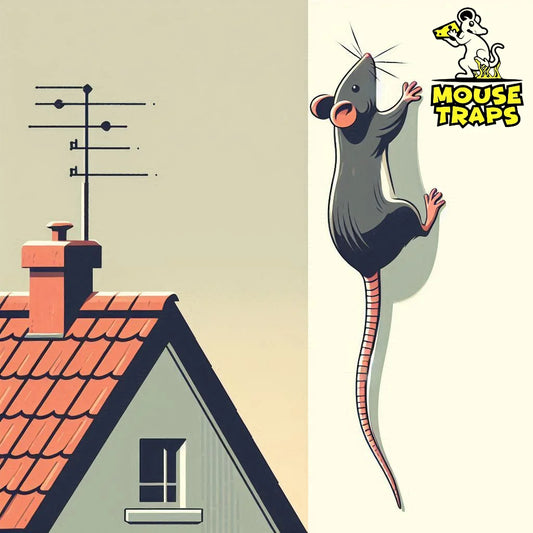The Most effective way to catch rats we have a tool in form of mouse traps, but it is also very important to know how exactly do they kill mice? The most common snap traps use a quick mechanical action to deliver a lethal blow, while other traps utilize sticking adhesives or poison bait to eliminate mice. As all of these traps are very different in nature, so their workings also depends on their nature. To know about the working of these traps we need to understand the natures of these traps one by one.
Snap Traps - Mostly Kill Instantly
Snap Traps even with the standard ones you can provide a powerful and instant kill. These traps have a sensitive trigger in the middle of a rectangular plastic or wooden base. Bait such as peanut butter or cheese is applied to the trigger as an enticement. The trap is then set by pulling back the spring-loaded bar and engaging it with the trigger. When a mouse nudges the trigger, the bar swings forcefully down on the mouse, delivering a forceful blow to kill it quickly. The bar breaks the mouse's neck or back through blunt force trauma. Newer designs have plastic covers to conceal the dead rodent as well. Want to know about Humane Mouse Traps? click to read more.

Some upgraded snap traps have more advanced tactics. For example, electronic traps have a sensor that detects when a mouse enters and triggers the kill bar. Other covered designs prevent mice from stealing the bait without setting off the trap. However, all functioning snap traps utilize a spring-loaded bar to swiftly end the mouse's life on contact. This rapid mechanical action dispatches mice faster than poisons.
Glue Rat Traps - They're Used To Catch Mice Alive
Glue board traps provide a non-toxic trapping option. These traps consist of a layer of extremely sticky glue applied to a cardboard or plastic backing. The alluring bait attracts mice to step onto the trap, at which point their feet and limbs get firmly stuck in the adhesive. Death is not instant, as the mouse remains fully trapped and alive until it dies from exhaustion, dehydration, or starvation. This slower demise is a trade-off for the non-toxic aspects. Monitoring frequently to dispose of captured mice is recommended.

Instant Kill - Electronic Traps
There are also some electronic traps in the market, which kill these little create by electronic shock. Mice are guided through to its metal plates through a tunnel. When the electric current is discharged, it causes cardiac arrest resulting in death within seconds. The jolt stuns mice and kills quickly. However, the electronic design is more expensive than other traps.

Poison Baits - Take A Day Or Two To Kill Mice
Poison baits are another lethal trapping technique, though results may be slower. Mouse poison bait contains rodenticides that cause internal bleeding, organ failure, or disrupt respiratory function. Death can take several hours to over a week. The benefit is that mice don't need to be directly trapped, meaning multiple mice can feed on the bait over time. However, poisoned mice can die in hard to reach places and create foul odors.

Summary:
Now Most of these traps are used to kill mice. With a brief explanation about how they kill mice, according to their build. Except glue traps all of them are used to killing. And these are the inhumane ways to trap a rat. But you can get some humane traps to catch mice alive. They're also very effective and can get the job done, if they're used correctly.




